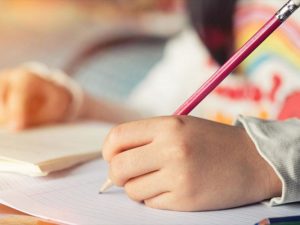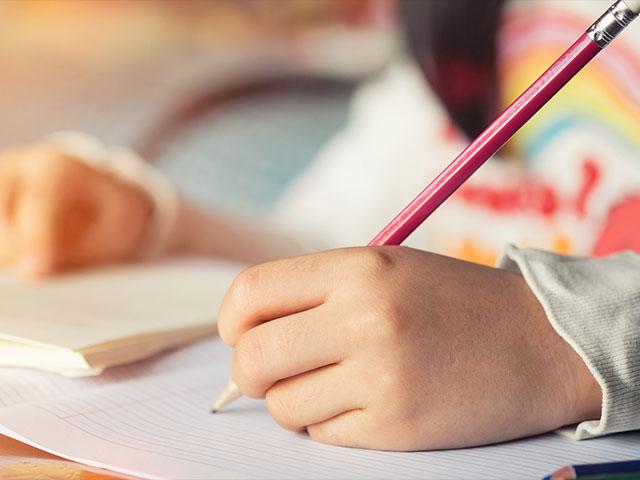Student Contributor: S. Hsu
 Restitution letters are when students write an apology letter to another peer after their misbehavior negatively affected them. This tool is helpful in teaching students responsibility for their actions and fostering prosocial skills including kindness and asking for forgiveness.
Restitution letters are when students write an apology letter to another peer after their misbehavior negatively affected them. This tool is helpful in teaching students responsibility for their actions and fostering prosocial skills including kindness and asking for forgiveness.
This tool is most effectively used after the teacher has helped the student come to the realization that their actions caused harm (physically or emotionally) to another student and that when the student hurts someone else, they need to seek restitution. This tool will not be effective for students that do not recognize their own wrongdoings. Teachers should not force this tool upon students because the letter will be filled with ingenuine apologies. With that noted, this tool is extremely helpful for students that do recognize how their actions impacted others. This letter allows students to practice effectively communicating their own feelings in writing for another to read. During the process of writing the letter, the teacher should guide the student in how to present their emotions and thoughts in a kind and respectful way.
This letter is also a time for students to think about how they will act differently to keep from harming their peers with their actions. Again, a discussion among the teacher and student should take place first to brainstorm ideas for behavior change. In the letter, the student should write how they will keep from repeating this action and hurting this particular peer again.
This tool belongs in the corrective phase because it happens after a misbehavior. The student is recognizing their misbehavior, hopefully unpacking why it happened, and how to act differently to keep from repeating the antisocial behavior. I do believe that this tool can connect to the preventative phase because if students are recognizing how to keep themselves from acting out, it can keep misbehaviors from happening.
I believe that this tool best fits with the student-directed theory of influence because the teacher has to set time aside to talk to the student about the misbehavior and the event, and allow time away from instruction for the student to write the letter. Moreover, this tool is student-directed because it focuses on the individual student and growing their prosocial behaviors.
More Information –
Tool Source: https://www.interventioncentral.org/behavioral-interventions/challenging-students/teacher-behavioral-strategies-menu


